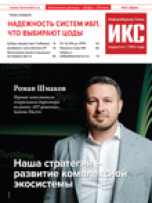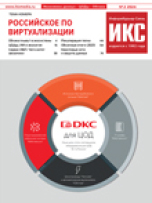| Рубрикатор |  |
 |
| Все новости |  |
World News |  |
 |
Wirelessly Recharging a Mobile Phone That on the Other Side of the Room
| 13 сентября 2010 |
Fujitsu says that it has developed a magnetic resonance based wireless charging technology that can simultaneously recharge various types of portable electronic devices at a distance of several meters. This technology not only promises more compact and more efficient power transmitters and receivers, it also offers the ability to design charging systems in 1/150th the time currently required.
Electromagnetic induction and magnetic resonance are the methods most often used for wireless charging. With electromagnetic induction, a magnetic flux is induced between the power-transmitting and power-receiving coils, and operates based on electromotive force. This method has been used in cordless phones, among other equipment. The drawbacks are that the method only works over short distances, and the power transmitter and power receiver need to be in alignment, so it is effectively no different than using a charging station with a wired connection.
By contrast, the magnetic resonance method, which was first proposed in 2006, uses a coil and capacitor as a resonator, transmitting electricity through the magnetic resonance between the power transmitter and power receiver. This method can transmit electricity over a range of up to several meters, and because a single transmitter can power multiple receiving devices, developments are under way for a broad range of potential applications, charging everything from portable electronics to electric cars.
Technological Issues
When designing transmitters and receivers for use with magnetic resonance charging, the size of the device determines the size of the coil, and this, in turn, determines the optimal capacitor capacitance. The effects of stray capacitance, which depends on the shapes of the transmitting and receiving coils, and other forces, such as magnetism in the device's chassis or batteries, exert complex influences over the resonance between the transmitter and receiver. Untangling these influences and resolving them in the design phase takes a significant amount of time.
This has made magnetic-resonance charging impractical to incorporate into mobile phones, where miniaturized transmitters and receivers are highly prone to external influences.
Furthermore, charging multiple different devices at the same time brings a different set of influences for each device, and analyzing these complex influences has been extremely difficult. Implementing wireless charging for compact portable electronics that require complex designs has been slowed mainly by the technological problems associated with design and analysis.
The Newly Developed Technology
What Fujitsu Laboratories has done is to develop technology that dramatically shortens the time required to design transmitters and receivers for magnetic resonance charging systems and, in addition, enables accurate tuning of resonant conditions in the design phase, even for compact transmitters and receivers that are prone to influences from nearby metallic and magnetic objects.
This analysis and design technology was used to design a compact, slim power receiver, and to manufacture prototype mobile phones with built-in wireless charging. The prototype mobile phones can charge anywhere within the power-transmitter's range, regardless of their position in reference to the transmitter, with 85% efficiency.
Future Development Plans
Fujitsu plans to continue using this analysis and design technology in research and development on wireless charging systems for mobile phones and other portable devices, and plans to bring products using it to market in 2012.
Источник: Cellular news

















Оставить свой комментарий:
Комментарии по материалу
Данный материал еще не комментировался.